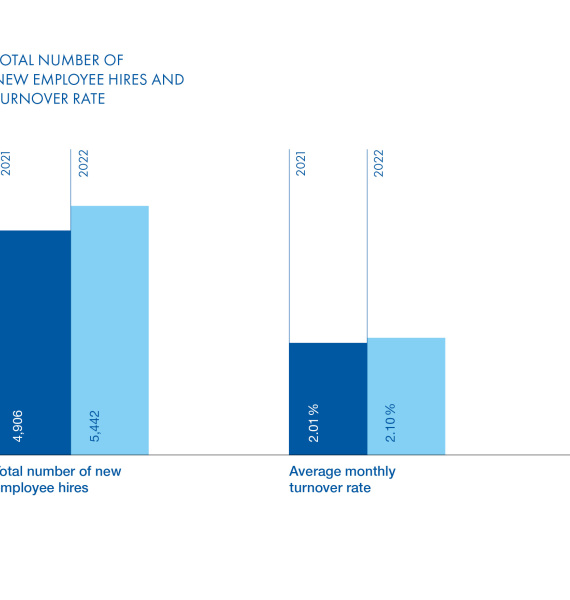Employment and labour conditions
Our employees are crucial to our success; they are ambassadors of the company, continuously shaping ALPLA’s public image. Our aim is to have enthusiastic and productive employees who apply their expertise and skills in the right positions. We therefore offer not only a work environment with excellent development opportunities, but also voluntary social benefits and a good work-life balance.
As we think long-term and act for the benefit of future generations, family-friendly labour conditions are a matter of great importance to ALPLA, which is why we support young families in balancing work and family life. A prime example of this is our network of childcare facilities. Aside from the ALPLA Kids facility located at the headquarters in Hard, Austria, we have also successfully set up on-site childcare facilities at two of our plants in India, also known as ALPLA Kids. This initiative exemplifies our dedication to fostering a work-life balance and prioritising the well-being of our employees.




